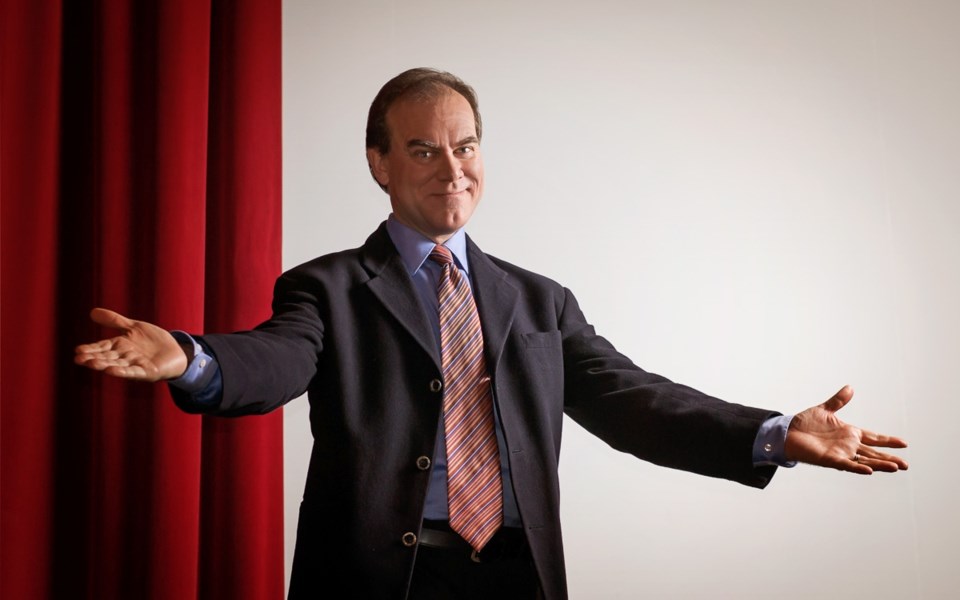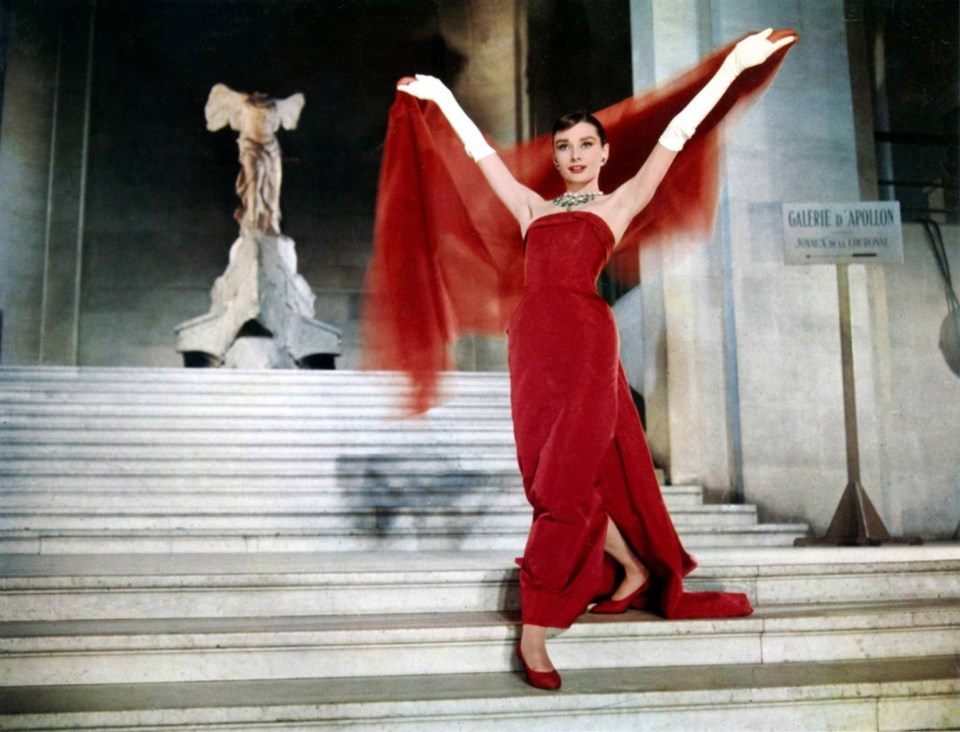They may not be questions any of us have asked ourselves before, but they bear contemplating: Would Breakfast at Tiffany’s be as iconic a film without Audrey Hepburn’s tiara and black Givenchy dress? Would Annie Hall have been as much of a cultural event in 1977 if Diane Keaton hadn’t worn her own thrown-together menswear ensemble to the set? And what is Rear Window, first and foremost: one of Alfred Hitchcock’s most impeccably constructed mysteries, or a peerless showcase for costume designer Edith Head’s myriad gowns worn by Grace Kelly? Or both?
These are some of the discussion points film scholar Michael van den Bos is bringing to Hollywood Haute Couture, a celebration of fashion in (mostly) American cinema, from the 1930s to present day. In addition to personally selected clips accompanied by van den Bos’s illuminating introductions, the one-time event includes a live fashion show from Vancouver designer Roxanne Nikki, plus an exhibit of pieces taken from the collections of costume historians Claus Jahnke and Ivan Sayers (including garments worn by Julie Christie and Barbara Stanwyck).
Westender spoke to van den Bos about the retrospective, which he spent more than a year researching and curating.

You’ve been voraciously consuming movies for decades. Did they spark your interest in fashion in the first place?
So much in my life – my interests other than film – came from film. If you’re passionate about any particular art form and you delve into it, it certainly can expand your interests, your mind. My love for movies began when I was a kid – it goes back a long, long time. Eventually you go, “Wow! Why am I so attracted to Grace Kelly in Rear Window?” Well, she looks pretty damn hot in Edith Head’s costumes.
Fashion is such an integral component of filmmaking – it’s right up there with having the right actors, the right script, cinematography, direction, music, all of that, because as many of the great costume designers in film have said, ‘Costume is character.’ It reveals so much about a character, or can be contradictory and hide something about a character. When it’s done right, it serves a dramatic or comedic purpose.
And movie fashions have a history of making a huge impact on culture in general without necessarily meaning to.
Right. The show isn’t necessarily examining specifically how fashion – or costume – impacts the character or the drama. For example, in Bonnie and Clyde, from 1967, Faye Dunaway has a very specific look that became kind of a rage in the late ’60s. And it’s still very stylish. Even though it’s supposed to take place in the 1930s, it was in all of the fashion magazines and women were emulating it. And Annie Hall: the “Annie Hall look” was ground-breaking in how it impacted women’s fashion. Within the stories of those movies, [the fashions] do say something about the characters, but the scenes aren’t about the fashion. So, what I’m getting at with Hollywood Haute Couture, all the clips I’ve chosen – the fashion has to be the thrust of that scene, it has to be significant to the drama or the comedy in that scene. It literally is drawing attention to itself.
Will it be exclusively Hollywood films at the show?
I do have [one clip] from a Bollywood movie – a fantastic clip from the 2000s – and one from a British film, but primarily they’re from Hollywood movies, going back to the early 1930s.
Do you think latter-day cinema, especially in the 21st century, has depicted fashion as effectively as it did in the 1930s, ’40s, ’50s?
Probably not so much. There’s a much more casual approach. Say, your generic romantic comedy today – there’s a costume designer and the fashions are going to be integral, and in some cases you get something like Clueless, about teenagers in Beverly Hills, and fashion is such an important ingredient of that movie because it speaks so much of the characters. But in many instances, if you go back to a romantic comedy in the ’30s, ’40s or ’50s, it seemed like costume designers and filmmakers were pushing the fashion a little bit more. Everything is heightened. In my research, you go back and read interviews with costume designers in films – whether it’s within the last 10 years or going back to the ’30s – and what’s consistent is they say the fashions they create wouldn’t necessarily work in real life. They’re designed – and in some cases, say, Marilyn Monroe; William Travilla designed [the costumes in] about eight of her movies – they’re engineered for the actor. Maybe something like Sex and the City, which comes [out of the] designer showrooms, might be an exception.
Does this have something to do with the generation gap not really existing anymore? You say that fashion seemed much more “heightened” in older films. Is that an outgrowth of the fact that, in previous eras, adults simply dressed more like adults?
Absolutely. I see adults – men and women – they dress like a 14-year-old. It’s one thing to throw on some sweats and some Crocs to take your garbage out, but make a little effort, you know? Show some confidence in yourself. It doesn’t take a lot of money to find some clothes that have a little bit of style to them, that make you look like an adult instead of a teenage skateboarder.
Hollywood Haute Couture takes place Sunday, Mar. 26, at Vancity Theatre, 3:30pm. Tickets from viff.org.


